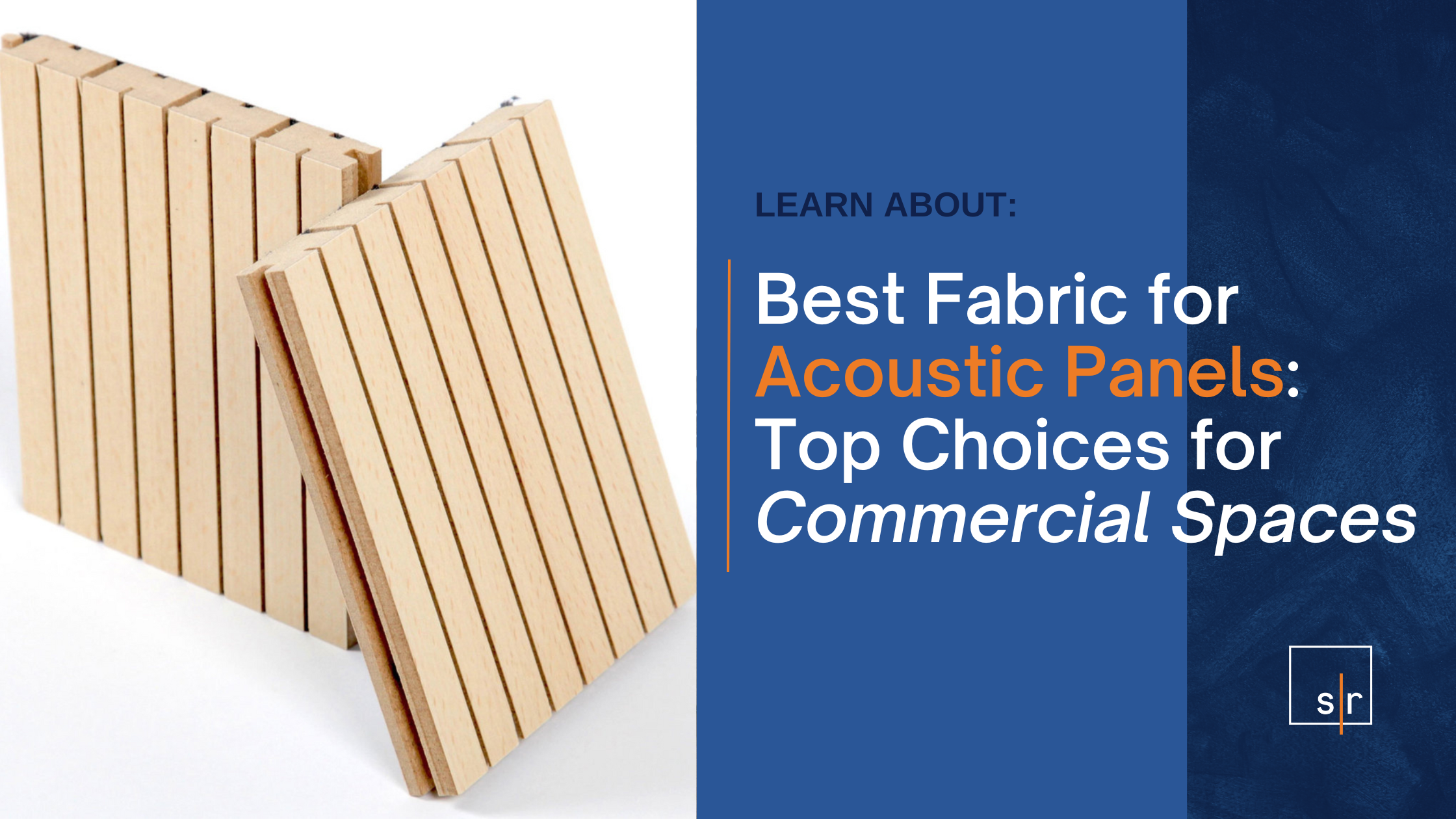Best Fabric for Acoustic Panels
Acoustic panels play a vital role in effective noise control in commercial spaces such as offices, healthcare facilities, restaurants, and conference rooms. While much attention is given to the panel's core materials—like fiberglass or mineral wool—the fabric covering is equally essential.
The right fabric enhances the panel's acoustic performance, impacting durability, fire safety, and visual appeal. In commercial environments where aesthetics and performance must work together, choosing the best fabric for acoustic panels is a key decision for architects, facility managers, and designers.
What Makes a Fabric Ideal for Acoustic Panels?
Not every fabric is suited for acoustic treatments. Many decorative fabrics may look appealing, but they block sound waves, reducing the panel's effectiveness. Acoustically transparent fabrics—materials that allow sound to pass through to the absorptive core—are the best option for acoustic panels.
1. Acoustic Transparency
Acoustic panels are designed to absorb sound, and the fabric covering should allow sound waves to penetrate the absorptive core. Fabrics that block or reflect sound reduce the overall performance of the panel.
For example, Avanti and Pro-stretch manufacture fabric-wrapped fiberglass acoustic panels to maximize sound absorption while maintaining design flexibility.
2. Durability and Maintenance
In busy commercial environments, panels are often exposed to cleaning, dust, and physical contact. The fabric must be durable enough to withstand wear and cleaning over time, particularly in high-traffic areas such as lobbies, hallways, and dining spaces.
Pro-stretch’s fabric-wrapped fiberglass core tracked system offers a high-performance, long-lasting solution for commercial interiors. Their system ensures tight fabric integration without sagging or degradation over time.
3. Fire Safety
All materials—including fabric—must meet strict fire safety standards in commercial settings. ASTM E84 Class A ratings are preferred in healthcare, hospitality, and office environments where fire code compliance is essential.
Avanti’s fabric-wrapped fiberglass core panels are engineered to meet commercial fire-rating standards, ensuring compliance with local regulations.
4. Design Flexibility
Since fabric-covered acoustic panels are often a visible design element, the fabric should be available in various colours, textures, and patterns. In corporate settings, custom branding options allow panels to match brand colours, reinforce identity, or integrate with modern interiors.
Top Fabric Choices for Acoustic Panels
Polyester Blends
Polyester blends provide a cost-effective and durable option for high-traffic spaces.
Available in custom colours to match corporate interiors
Stain-resistant and easy to clean
Designed for acoustic transparency
These fabrics work well in restaurants, retail spaces, and collaborative office environments.
Natural Wool Fabrics
Natural wool fabrics offer exceptional sound absorption and a premium aesthetic.
Naturally fire-resistant, supporting compliance with fire safety codes
Provides a refined look for upscale commercial interiors
Environmentally friendly as a renewable, biodegradable material
This option best suits executive boardrooms, hospitality spaces, and high-end office interiors.
Recycled and Sustainable Fabrics
With sustainability becoming a priority for many businesses, some acoustic panels use recycled polyester and eco-friendly fabrics.
Manufactured using post-consumer recycled materials
Available in a variety of textures, colors, and patterns
Designed and tested to meet acoustic transparency and fire safety standards
These fabrics are ideal for LEED-certified buildings, environmentally conscious corporate campuses, and educational facilities.
How Fabric Choice Impacts Acoustic Performance
1. Fabric and Core Pairing
The best acoustic performance happens when the fabric and the core work together. The fabric should allow sound to pass through easily, while the core material, such as fiberglass or mineral wool, provides effective absorption.
2. Understanding Weave Density
The density of the fabric's weave affects sound absorption:
Open-weave fabrics allow better sound penetration and absorb higher frequencies.
Tightly woven fabrics reflect sound waves, reducing absorption.
Guilford of Maine fabrics are tested explicitly for acoustic transparency, ensuring optimal sound absorption.
Common Mistakes When Selecting Acoustic Fabrics
1. Using Decorative Fabrics That Block Sound
Many designers prioritize aesthetics over performance, choosing good-quality fabrics that prevent sound absorption.
2. Overlooking Fire Safety Requirements
All materials—including fabric—must meet fire code compliance standards in commercial environments.
3. Prioritizing Appearance Over Function
While design is essential, the primary goal of an acoustic panel is noise control. Selecting a fabric purely for its visual appeal without considering acoustic transparency can compromise performance.
4. Missing an Opportunity for Branding
Fabric-covered acoustic panels can be customized with logos, brand colours, or corporate identity elements. Many companies overlook this feature, missing the chance to integrate branding into their space while improving acoustics.
Balancing Performance and Design in Commercial Acoustic Panels
Selecting the best fabric for acoustic panels requires balancing technical performance, design flexibility, and regulatory compliance. Facility managers, architects, and interior designers must consider how fabric choice impacts long-term acoustic performance and maintenance.
Acoustic transparency is essential for sound absorption.
Fabrics must meet commercial durability and fire safety standards.
Aesthetic flexibility ensures that panels enhance the overall design.
Consulting with acoustic professionals ensures the right materials are chosen for each project.
Find the Right Fabric for Your Project
Choosing the right fabric for your acoustic panels can significantly impact sound performance, fire safety, and aesthetics.
Contact Sound-Rite today to explore our selection of fabric-wrapped acoustic panels. Our team can help you find the right balance between performance, aesthetics, and long-term durability.
Request a fabric sample pack to see how our materials can enhance your commercial space.


